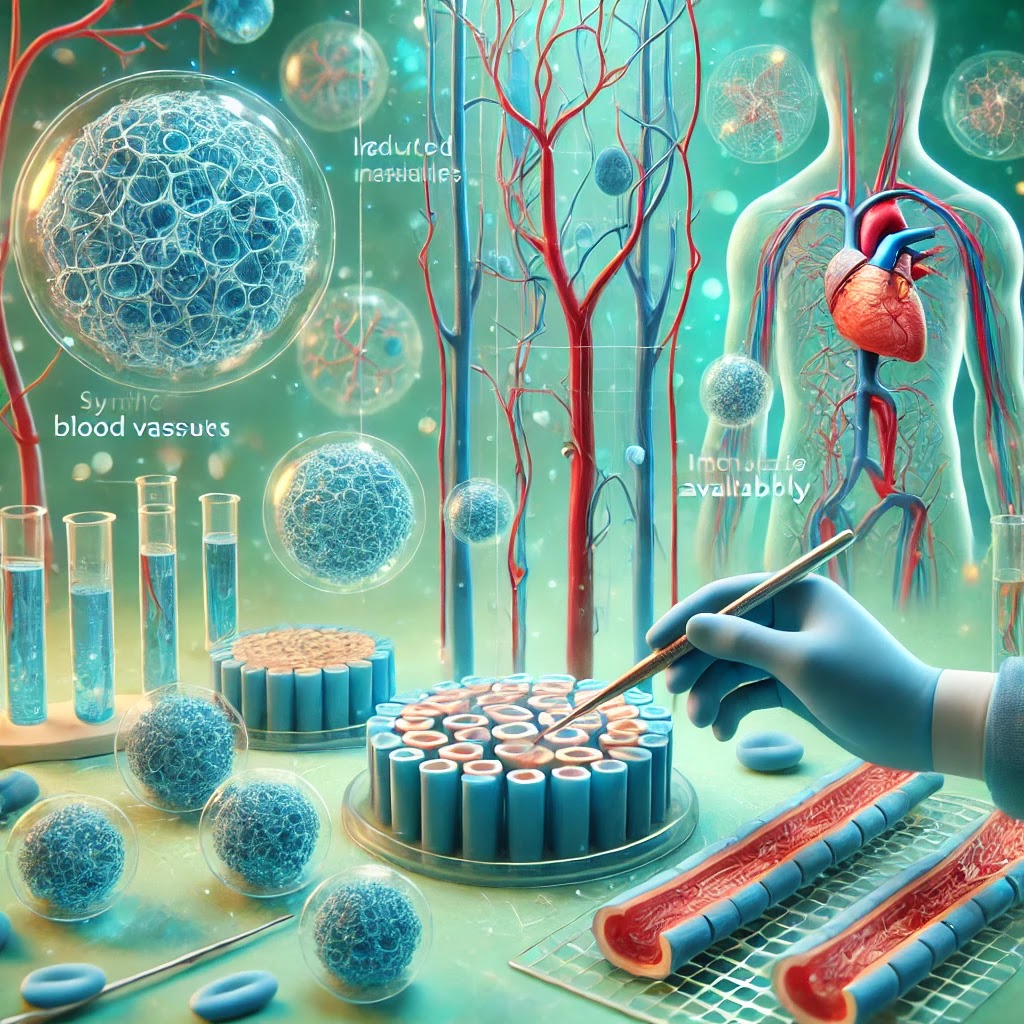My Vision for the Future: CO2-Eating Artificial Plants
As climate change and air pollution continue to escalate, I believe we need innovative solutions to address these critical issues. One of my most exciting ideas is the development of CO2-eating artificial plants that mimic natural photosynthesis. Here’s how I envision these plants working, the materials we could use, and their potential impact on the environment. Mechanism of Action I envision that CO2-eating artificial plants could function similarly to natural plants by following a few key processes: CO2 Absorption: The artificial plants should utilize advanced materials that are specifically engineered to absorb CO2 effectively from the atmosphere. By maximizing surface area, these materials can capture more CO2. Chemical Conversion: Once CO2 is absorbed, it could be converted into useful substances, such as fuels or chemicals. I suggest using catalysts to facilitate these chemical reactions, ideally powered by renewable energy sources. Oxygen Release: Similar to natural photos...

